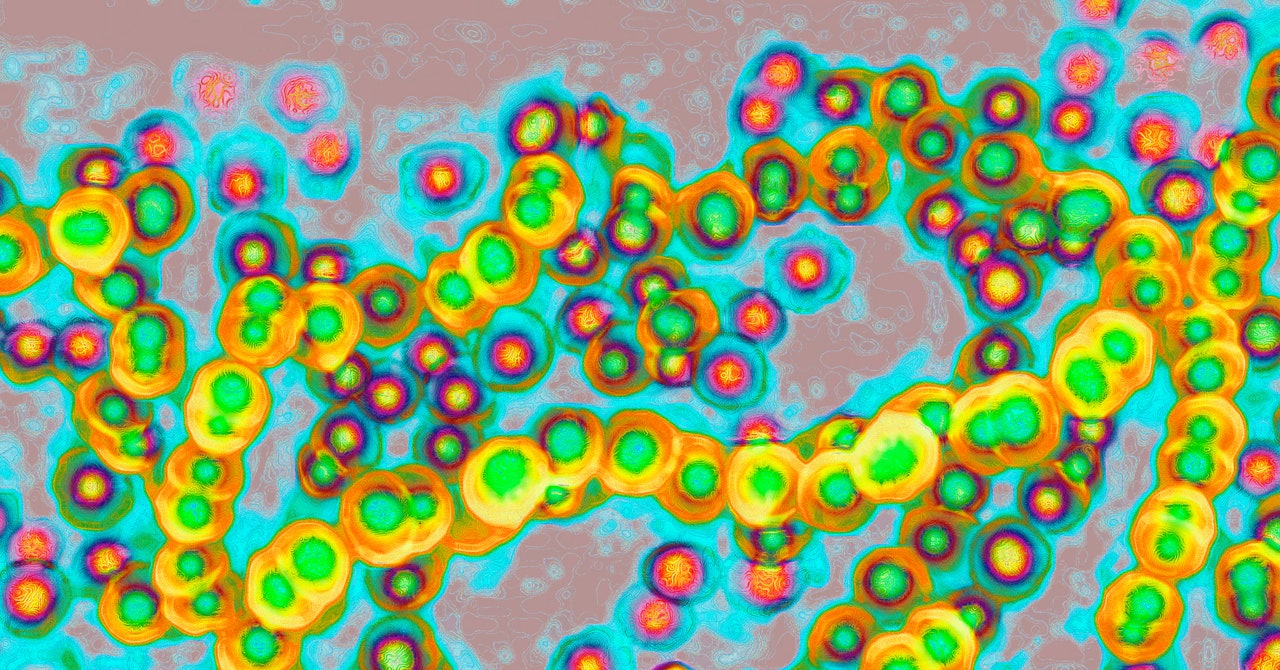It’s that backdrop of cases—rising to historic heights with no clear explanation why—that reinforces the alarm over scarlet fever now. The World Health Organization said last week that the health ministries of France, Ireland, the Netherlands, Sweden, and the UK have all reported further spikes in cases. On the same day, the UK Health Security Agency said the current cases are three times what they were at the same point during the 2017-18 spike. British news is full of reports of huge local case counts—35 times the expected average just in Wales—with schools closing in Devon and Yorkshire and pharmacists reporting antibiotic shortages.
It is possible that a similar surge may be starting in the US, but early-warning data does not exist. The CDC does monitor what are called invasive group A strep cases, sometimes known as iGAS: infections that penetrate parts of the body that normally don’t harbor bacteria, such as blood and cerebrospinal fluid, and go on to cause potentially fatal illnesses such as toxic shock syndrome and necrotizing fasciitis, or flesh-eating disease. But that program, which is called active bacterial core surveillance, relies on samples collected from hospital microbiology labs. To have their case recorded, a patient must be sick enough to be admitted, rather than seen in an outpatient office, as a scarlet fever patient might be.
The program also doesn’t cover the whole country, but draws from what the agency considers a representative subset of the US. For group A strep, that includes counties surrounding Atlanta, Baltimore, Denver, Portland, San Francisco, and in parts of Tennessee and upstate New York, as well as the entire states of Connecticut, Minnesota and New Mexico—all together, about 34.6 million people, or about 10 percent of the US population.
That system represents a keyhole view, and its analysis lags behind events. Right now, though, the “CDC is hearing anecdotes from some US doctors of a possible increase in iGAS infections among children in the United States and is investigating this increase,” Scott Pelley, an agency spokesperson, wrote to WIRED by email.
Plus, last week, the widely read infectious-disease newsletter ProMEDMail posted a report that the state of Minnesota (widely considered to have one of the best public health data systems) saw twice as many invasive cases in November as it did a year earlier. At the end of the week, NBC News reported that children’s hospitals in Arizona, Colorado, Texas, and Washington were seeing spikes as well.
The question for both the US and UK is why scarlet fever, as well as the invasive forms of group A strep infection, are hitting so hard right now. Sequencing done in the UK shows there has been no abrupt change in the bacteria. “So if it’s not the bug that’s changed, it has to be something in us,” Clarke says.
Lockdowns and a slowdown in social mixing, both of which were observed more strictly in the UK compared to the US, would have deprived children of their normal brushes with strep bacteria. Now that life has returned essentially to normal, all those kids are being exposed at once—and just as influenza and RSV have surged into that immunity gap, strep infection may be doing the same. Those other infections also could open the door for strep: “Concurrent or preceding viral infections such as influenza, and skin conditions such as chickenpox, may increase risk for iGAS infections,” the CDC’s Pelley said by email.



